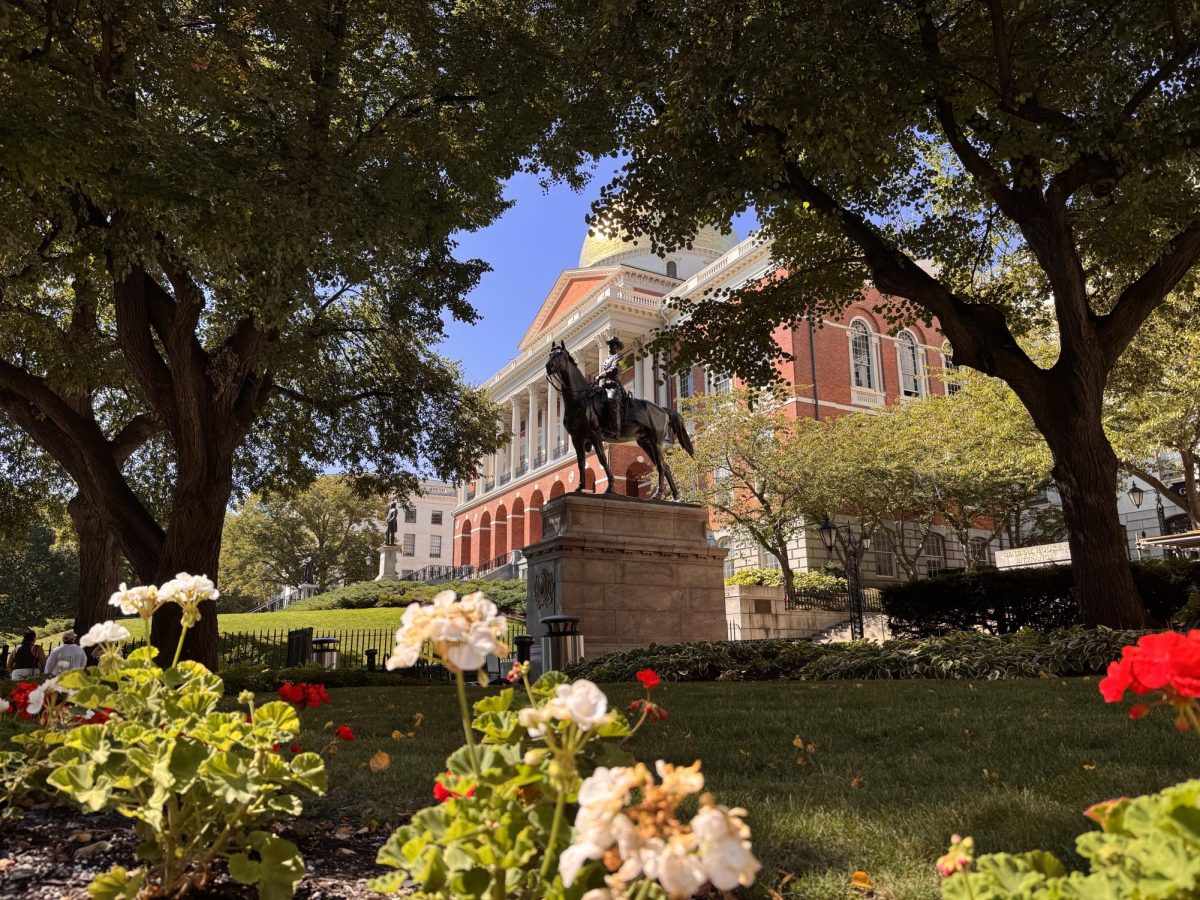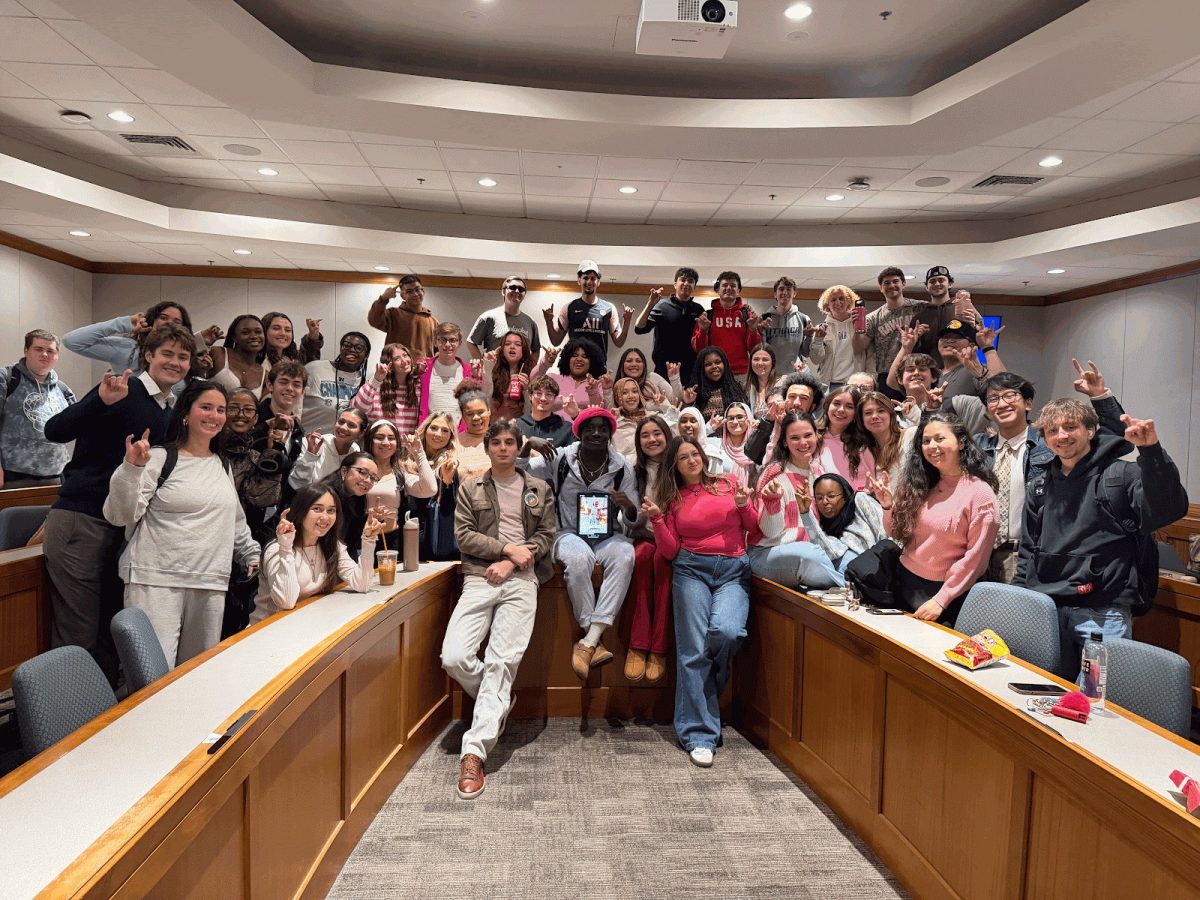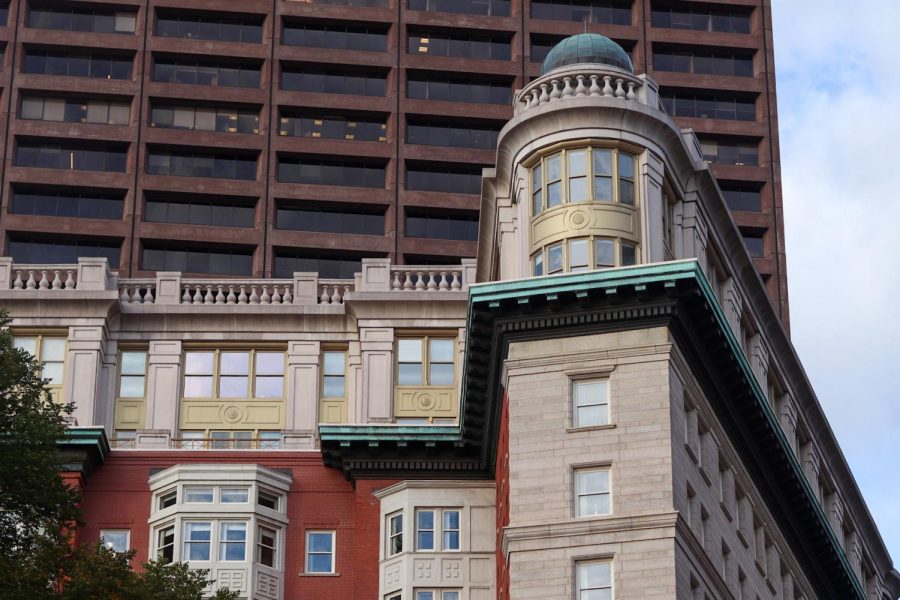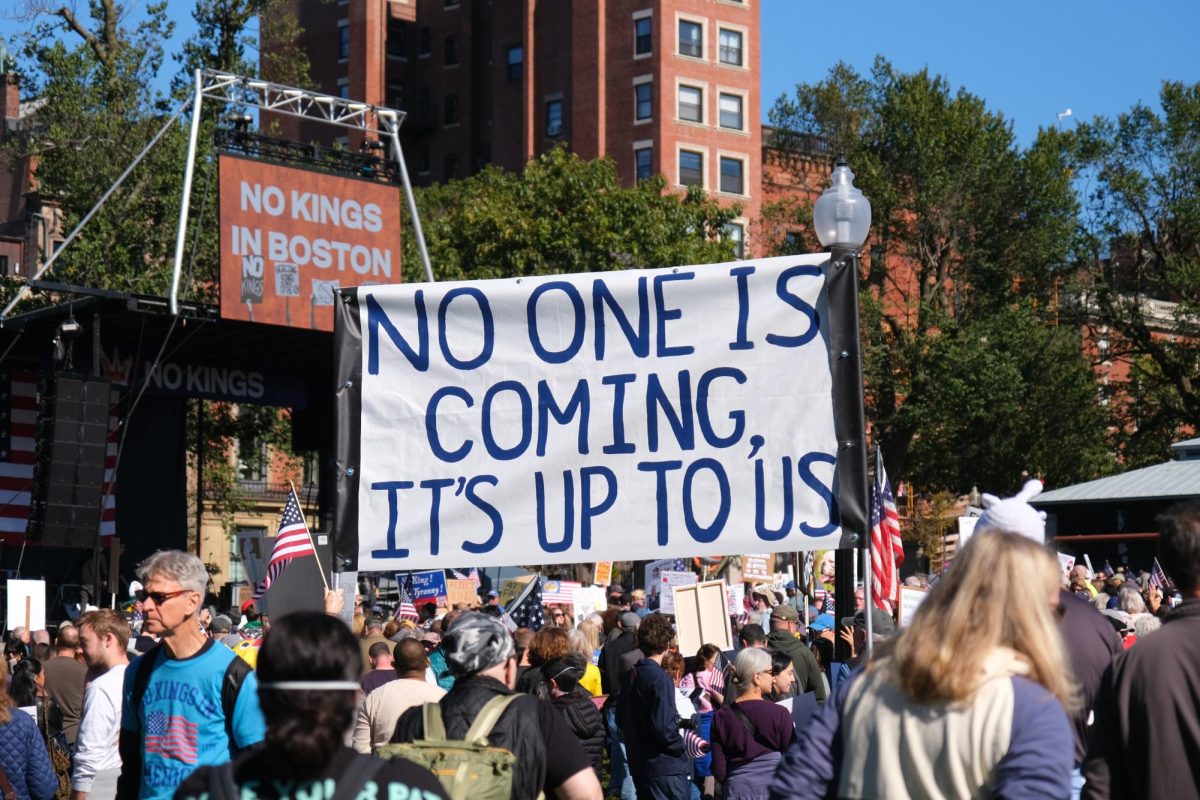Over the past week, headlines have flooded feeds and daily lives. However, understanding these events isn’t always as simple as scrolling on TikTok. This column is designed to break down some of the biggest events and things that may have been missed over the past week and provide the necessary context to keep students up to date and well-informed about the world around them.
Charlie Kirk and the recent displays of gun violence and threats on college campuses
In the days after his shooting, over 10 million people searched for Charlie Kirk on Google. The political commentator was assassinated on Sept. 10 at Utah Valley University. After a two-day-long manhunt, the suspect of the shooting was detained, and investigators released his name, Tyler Robinson, age 22. Kirk and his death impacted people across our community in different ways, and there is a closer look into these impacts in another story this week.
While the act of political violence made everyone’s for you page and sparked an array of online discussions, there were other things happening on school campuses following these headline events.
Within the same hour as Kirk’s assassination, there was a school shooting at Evergreen High School on the outskirts of Denver.
This resulted in the death of the 16-year-old shooter and two students being left in critical condition.
On Sept. 11, there was an active shooter threat at UMass Boston.
The university reported that there were shots on campus at 3:45 p.m. at the campus’s Dorchester location. While there were no reported injuries, the campus police had faculty and students in the area evacuate and some had to barricade in classrooms, according to students who were there.
This threat is part of a nationwide epidemic of school shootings and violence in places of education. Since 2013, there have been 1,512 incidents of gunfire on school grounds, according to Everytown. In 2024 alone, there were 229 shootings at schools resulting in 60 deaths.
Though the majority of these shootings happen in elementary, middle and high schools, colleges and universities are not immune. Aside from Kirk’s assassination, this April saw another deadly shooting at Florida State University that left two dead and six injured.
This past week also saw a series of reported threats toward historically Black colleges and universities in Alabama, Virginia, Louisiana and more. These threats led to lockdown orders, cancelled classes and heightened security on Thursday, the Associated Press reported.
All of these instances illustrate the ongoing violent trends that have become more prominent in American society.
Government-occupied U.S. cities
After the Trump administration sent 2,000 National Guard troops to Los Angeles in response to immigration protests that were prevalent in June of this year, more cities have faced looming threats that the National Guard could be deployed, regardless of the desires of their governor.
Though the deployment was later declared unconstitutional by a federal judge, the Trump administration deployed more than 2,200 troops into Washington, D.C., in August. According to Trump, the troops were sent to “fight crimes” happening in the nation’s capital, though all crime rates have been reported to be at a historic low in the area.
But what is the National Guard? And why does it matter that Trump has intervened?
The National Guard is a part of the United States Armed Forces, and each U.S. state, territory and Washington, D.C., has its own National Guard forces. According to military.com, the purpose of these troops is to “defend the location of which it belongs too and respond to state disasters as needed, such as earthquakes, floods or pandemics.”
Though the National Guard can be federalized, this often happens when there is a need for active duty overseas. At which point, the president may assume control over the force.
Though the president of the United States is the commander in chief of the U.S. military, the National Guard is historically deployed by state governors for domestic issues needing support in their communities.
However, these are trained military personnel, and when Trump deployed them in Los Angeles, and what he is aiming to do in other cities, is to police the people residing in these communities.
Many have declared an occupation in DC, and it was announced on Sept. 3 that troops will stay in the capital through December.
Other states, such as Ohio, have sent their National Guard members to be stationed in Washington, D.C.. Alternatively, many states, such as California and Oregon, have been speaking out about the harm that this rhetoric causes.
The deployment of the National Guard has continued to be discussed for other major cities — primarily major liberal cities that don’t align with Trump’s politics. Trump has said that he wishes to use the National Guard to combat crime and enforce his immigration policies.
Places like Memphis, Tennessee, and Chicago have confirmed that troops will be sent to their cities, however, the mayors of both cities claim they do not support these actions.
Having the National Guard used as a threat against people in the United States who don’t agree with the Trump administration demonstrates the political divide that has become very prevalent in American society.









